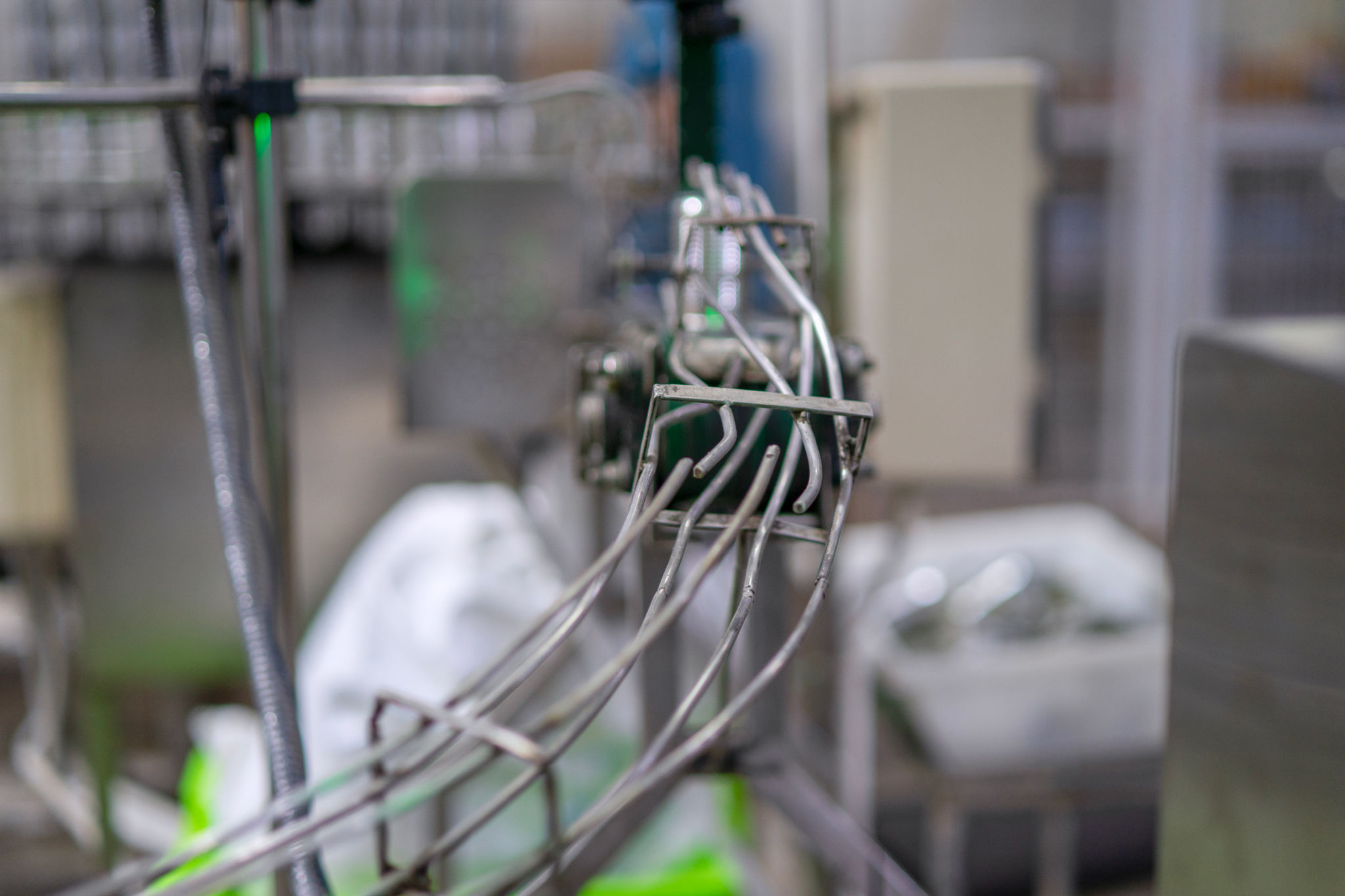How to Extend the Lifespan of Your Tufting Equipment with Simple DIY Repairs
Understanding Your Tufting Equipment
Tufting equipment is an essential tool for many crafters and textile manufacturers. Proper maintenance and timely repairs can significantly extend its lifespan, ensuring you get the most out of your investment. Understanding the components of your tufting equipment is the first step toward effective repairs.
Most tufting machines consist of several key parts such as needles, loopers, and knife blades. Regularly inspecting these components can help you identify wear and tear before they lead to more significant problems.

Regular Cleaning and Maintenance
One of the simplest ways to extend the lifespan of your tufting equipment is through regular cleaning. Dust, fibers, and other debris can accumulate within the machine, causing it to work inefficiently or even damage internal components.
Ensure that you clean the machine after each use. Use a soft brush or a vacuum with a brush attachment to gently remove any debris without damaging delicate parts.
DIY Repairs for Common Issues
Learning to perform simple DIY repairs can save you both time and money. Here are some common issues and how you can address them:
- Needle Replacement: If your machine starts skipping stitches, it might be time to replace the needle. Carefully follow the manufacturer’s instructions to ensure proper installation.
- Tension Adjustment: Uneven tufting can often be resolved by adjusting the tension settings. Refer to your equipment manual for guidance on achieving optimal tension.
- Lubrication: Squeaking or grinding noises may indicate that your machine needs lubrication. Use the recommended oil or lubricant and apply it to the moving parts as directed.

Keeping Spare Parts Handy
Having spare parts on hand can make DIY repairs more convenient. Stock up on basic components like needles, loopers, and belts, which are prone to wear and tear. This proactive approach minimizes downtime when repairs are needed.
Additionally, familiarize yourself with reputable suppliers who provide genuine parts. This ensures that replacements are of high quality and compatible with your equipment.
The Importance of a Maintenance Schedule
Creating a regular maintenance schedule can help you stay on top of necessary repairs and cleaning. Consider keeping a log of all maintenance activities, including dates of repairs and parts replacements.
This record-keeping not only helps you track the health of your machine but also aids in troubleshooting recurring issues by providing a history of past problems and solutions.

When to Seek Professional Help
While DIY repairs are beneficial for minor issues, there will be times when professional assistance is necessary. If you encounter complex problems like electrical faults or persistent operational issues, it’s best to consult a professional technician.
A qualified technician can accurately diagnose and resolve issues that are beyond your expertise, ensuring that your tufting equipment continues to function efficiently.
Conclusion
Extending the lifespan of your tufting equipment with simple DIY repairs is not only feasible but also rewarding. By understanding your machine, performing regular maintenance, and knowing when to call in professionals, you can keep your equipment running smoothly for years to come.
Remember, investing a little time in caring for your tufting equipment today can save you from costly repairs or replacements down the line.
